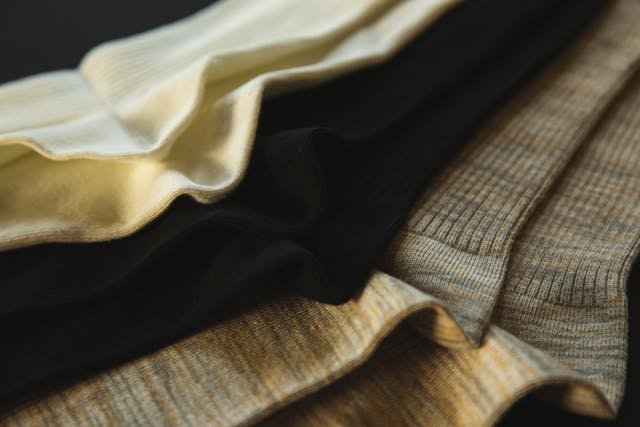Anyone trying to increase comfort, lower tiredness, and enhance general leg health now often chooses compression socks. They have a variety of advantages; gently pressing the legs helps to increase circulation, reduce pain, and even speed healing following exercise. But what precisely distinguishes compression socks, and how may they fit your way of life? This book will walk you through all you need to maximize these strong socks, whether your interests are in learning about their adaptable uses or the science underlying them.
Understanding the Science of Compression
Designed with graded pressure greatest at the ankle and progressively declining up the leg, compression socks Allow blood to flow more efficiently back towards the heart. This pressure gradient helps circulation be improved and prevents blood from collecting in the lower limbs. Particularly after extended hours of standing or sitting, this improved circulation is absolutely crucial for maintaining legs feeling light and lowering the risk of weariness and edema. Apart from circulation, compression socks assist in lowering lactic acid accumulation in the muscles, a result of physical exercise. They guarantee muscles always have oxygen by allowing better blood flow, therefore boosting long-term vascular health and helping you feel energized. Simple yet powerful, the physics underlying compression uses blood’s natural circulation to preserve leg health and stop pain.
Exploring the Different Types of Compression Socks
There are several kinds of compression socks, each suited for particular requirements and tastes. Often used to treat particular medical disorders such as varicose veins or lymphoedema, medical-grade compression socks offer higher degrees of pressure. These socks come in different pressure levels to fit varied needs and are meant for those who need more rigorous support. Usually advised by medical practitioners for persons with circulatory problems are solutions of medical grade. Mild compression socks are perfect for daily activity as they provide a reasonable degree of support and general comfort.
Choosing the Right Compression Level
Measuring in millimeters of mercury (mmHg), compression socks come in several pressure levels. Usually between 8 and 15 mmHg, light compression provides a little squeeze for overall comfort and modest edema prevention. Those who want to improve everyday comfort—especially during travel or long hours of standing—should find this level appropriate. Usually between 15 and 20 mmHg, moderate compression offers a little more support and is utilized for somewhat more apparent problems such as mild varicose veins or minor edema. Higher compression levels of 20-30 mmHg or even 30-40 mmHg provide more extensive support for people with special medical needs, therefore helping to control symptoms of chronic venous insufficiency or severe varicose veins.
Recognizing the Health Benefits
Compression socks provide advantages beyond only helping worn-out legs. These socks can help lower the incidence of deep vein thrombosis (DVT), a disorder linked with extended sitting or inactivity that can cause blood clots, by encouraging constant blood flow. Travelers, office workers, and anybody whose daily schedule calls for extended periods of immobility find them very beneficial. By reducing stagnation in the veins, the additional circulation support maintains your blood flow and preserves your vascular condition. Compression socks also help to reduce swelling, especially in those with disorders like lymphoedema or pregnancy that compromise fluid retention.
Caring for Compression Socks
Good maintenance of compression socks, like Sockwell guarantees their continuous capacity to offer good support throughout time. Wash your compression socks by hand or in a mild machine cycle to preserve their flexibility and pressure gradient, therefore avoiding strong detergents and high temperatures. Let them air dry; excessive heat might damage the cloth and lower its compression quality. Regular, light treatment will assist them to keep their form and efficacy, therefore prolonging their lifetime. If you wear them every day, rotating between several pairs of compression socks can also help to prevent too much wear. This rotation guarantees enough rest for every pair preserving the flexibility of the material. Investing some time in inappropriate maintenance helps you maintain the optimal performance of your compression socks, thereby guaranteeing that you will always be able to enjoy their whole range of advantages.
Conclusion
From improving circulation to increasing comfort and reducing edema, compression socks provide flexible support. You may fully appreciate the benefits these socks offer to daily life by selecting the correct kind and giving them the required care. Accept the ability of compression socks to keep you comfortable, energizing, and ready for all the challenges
















